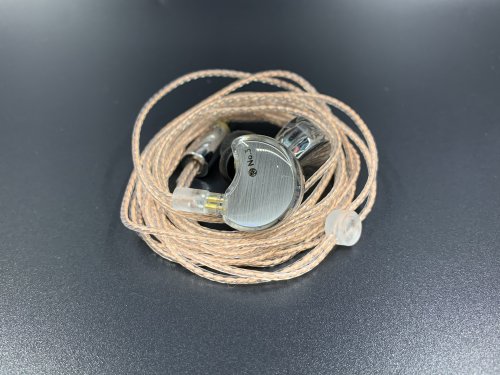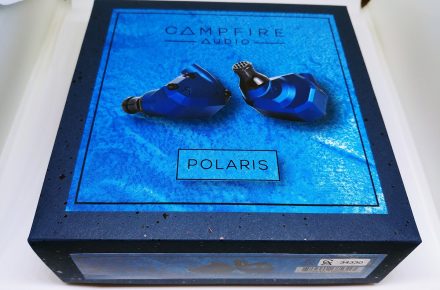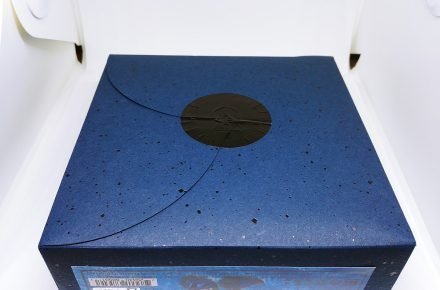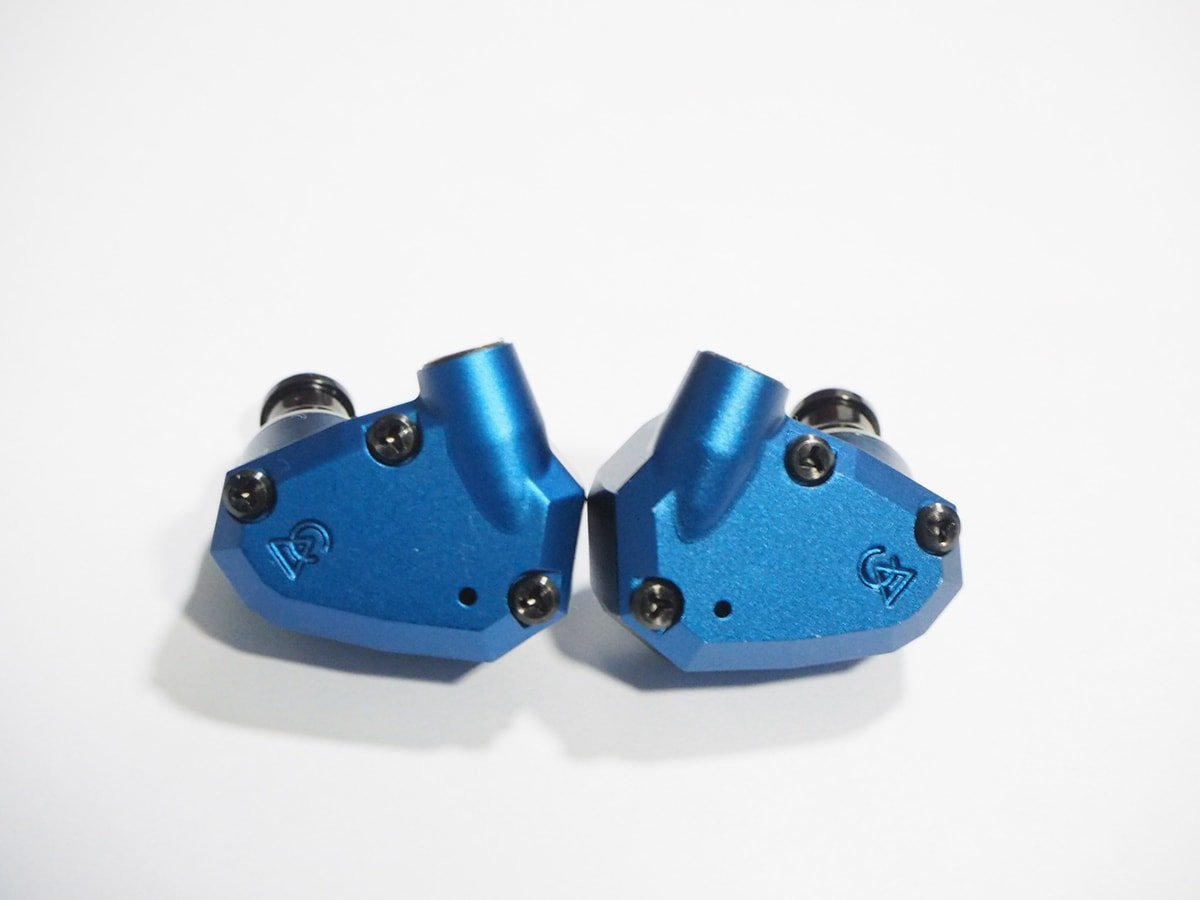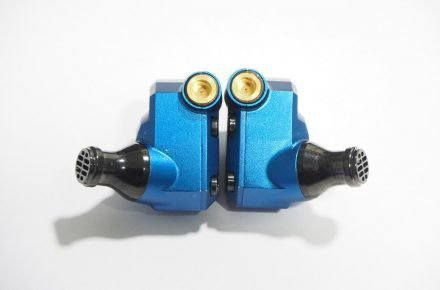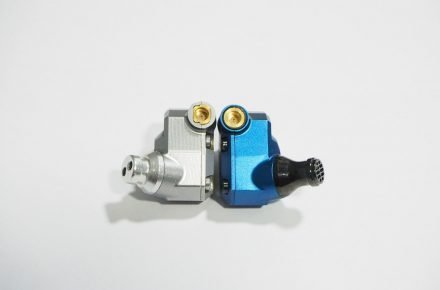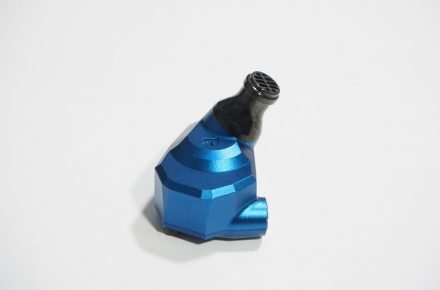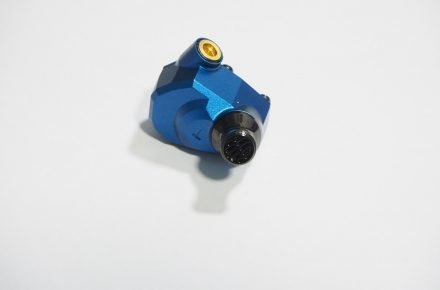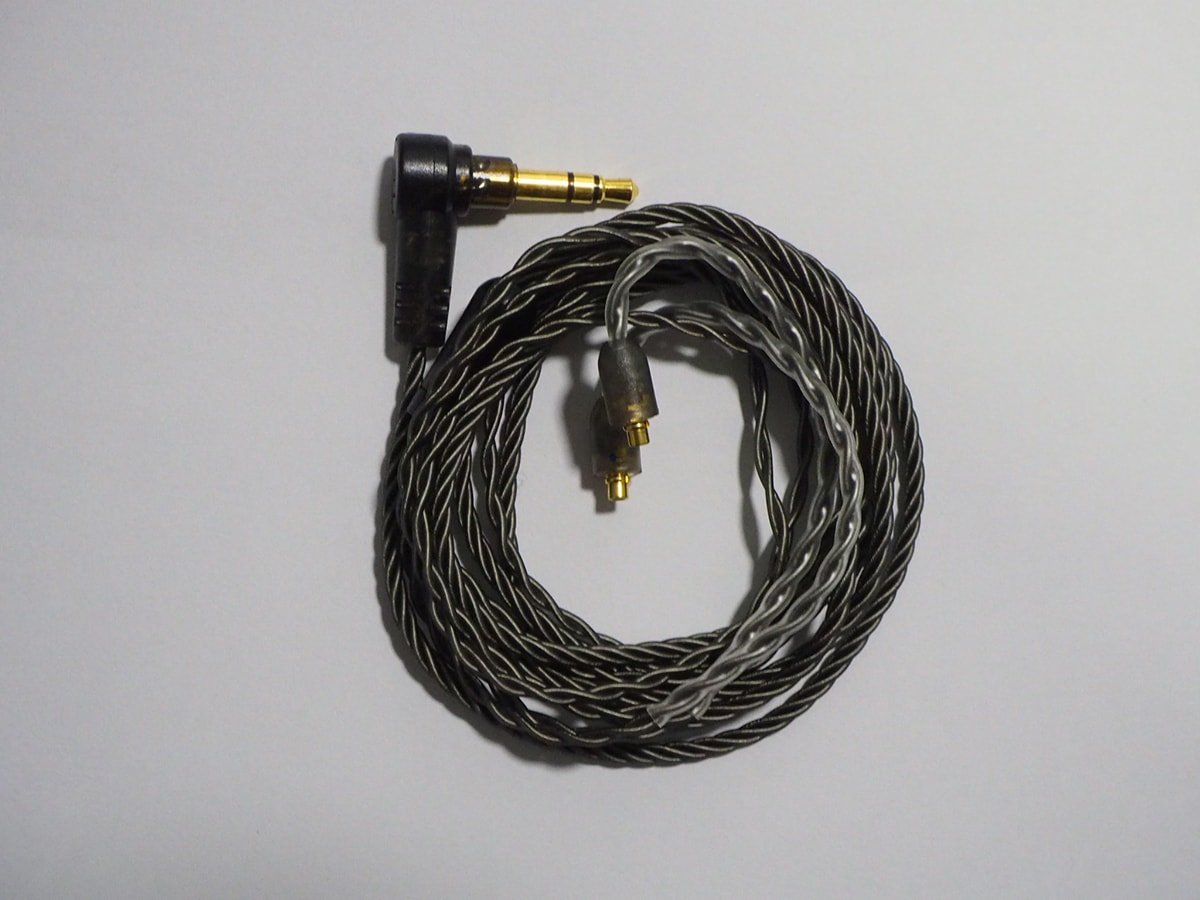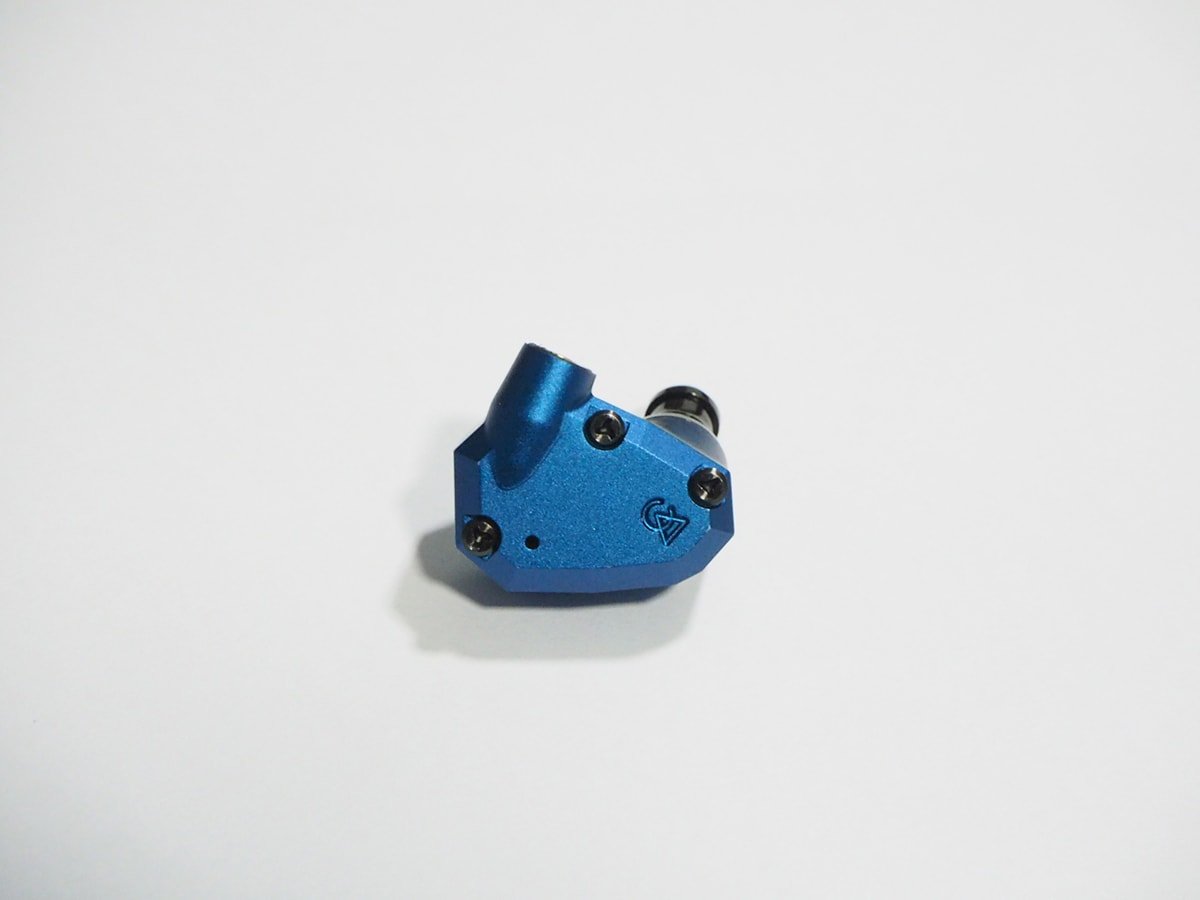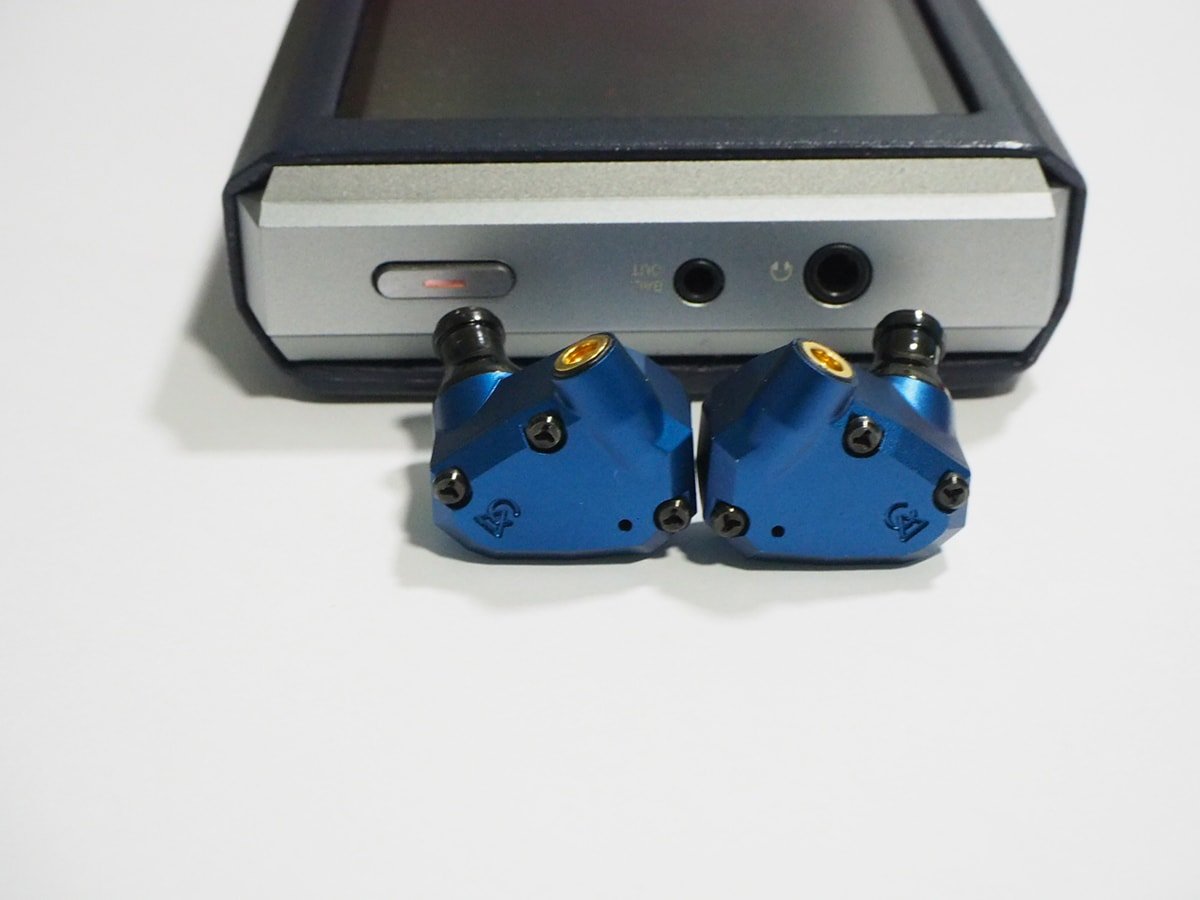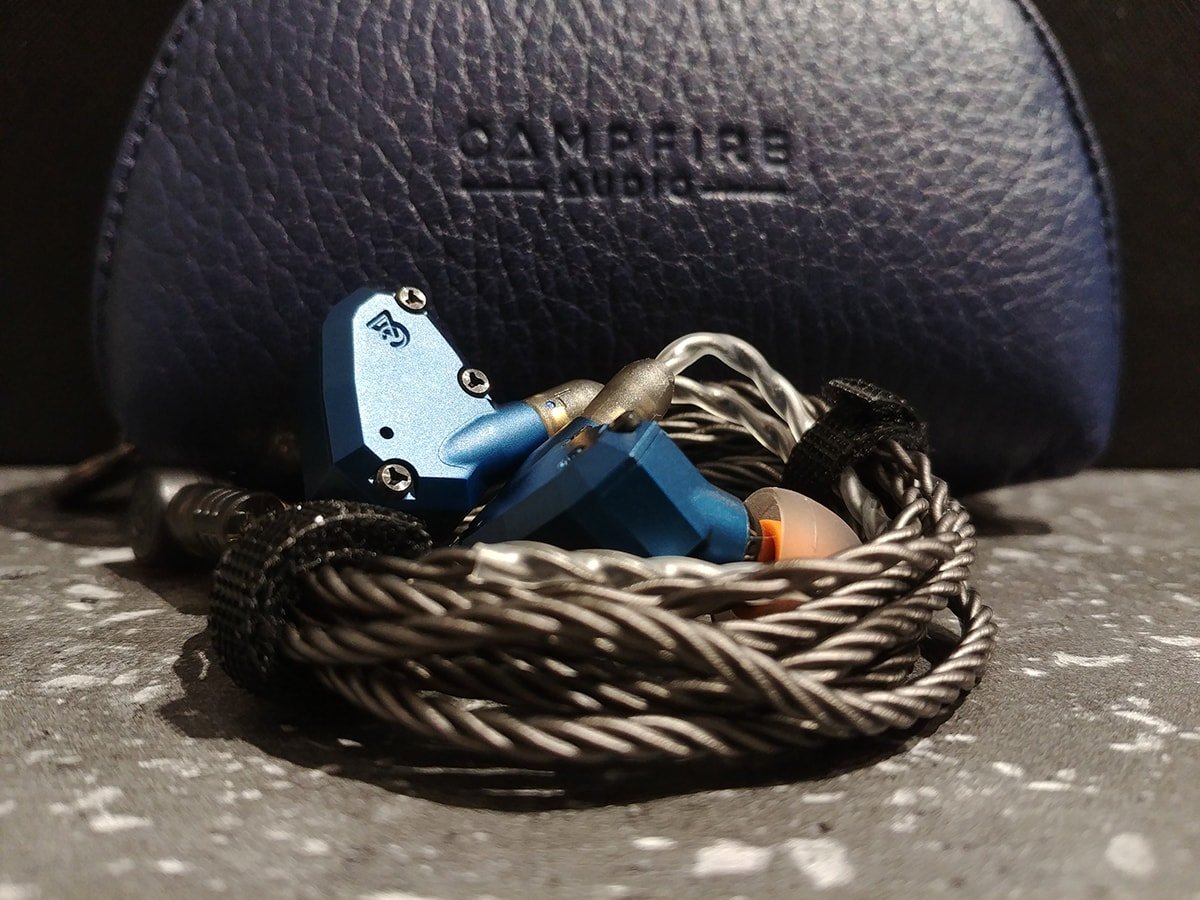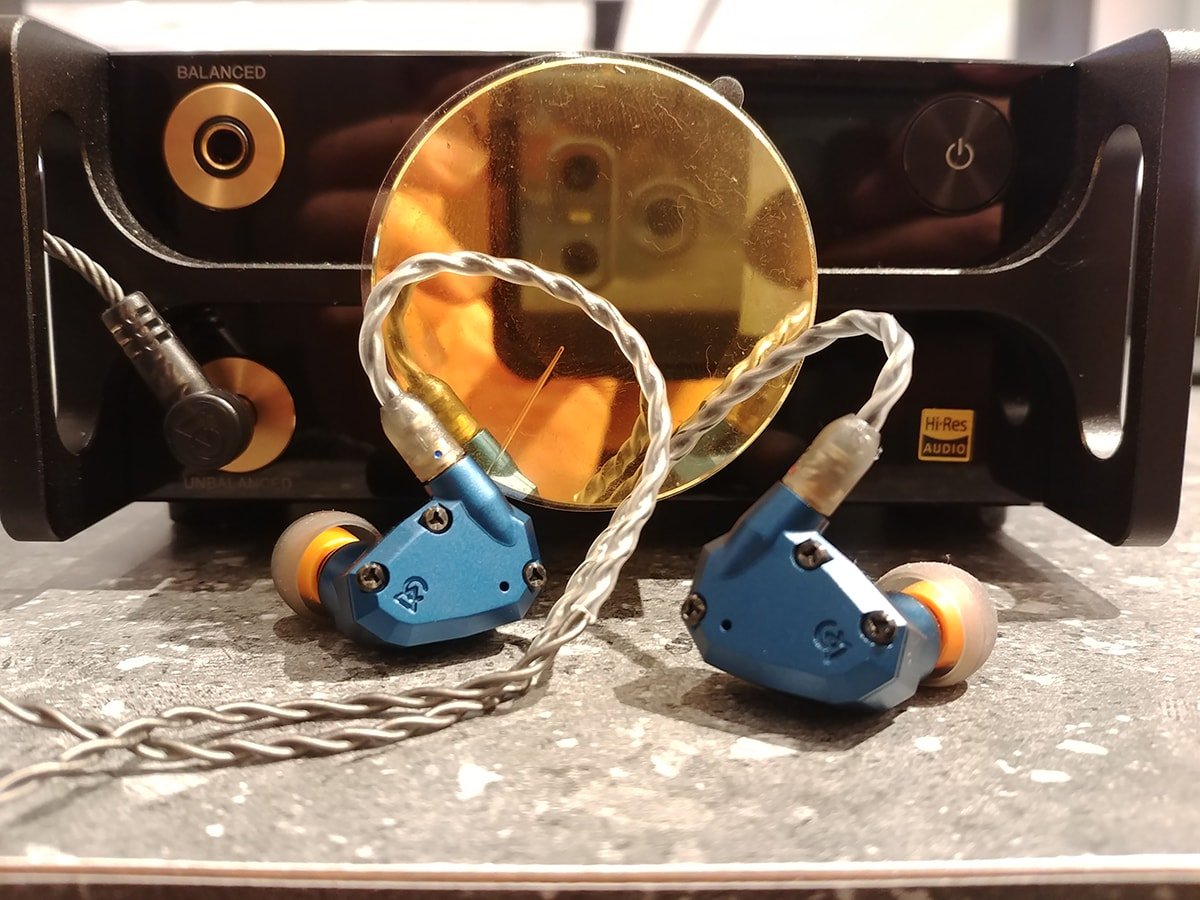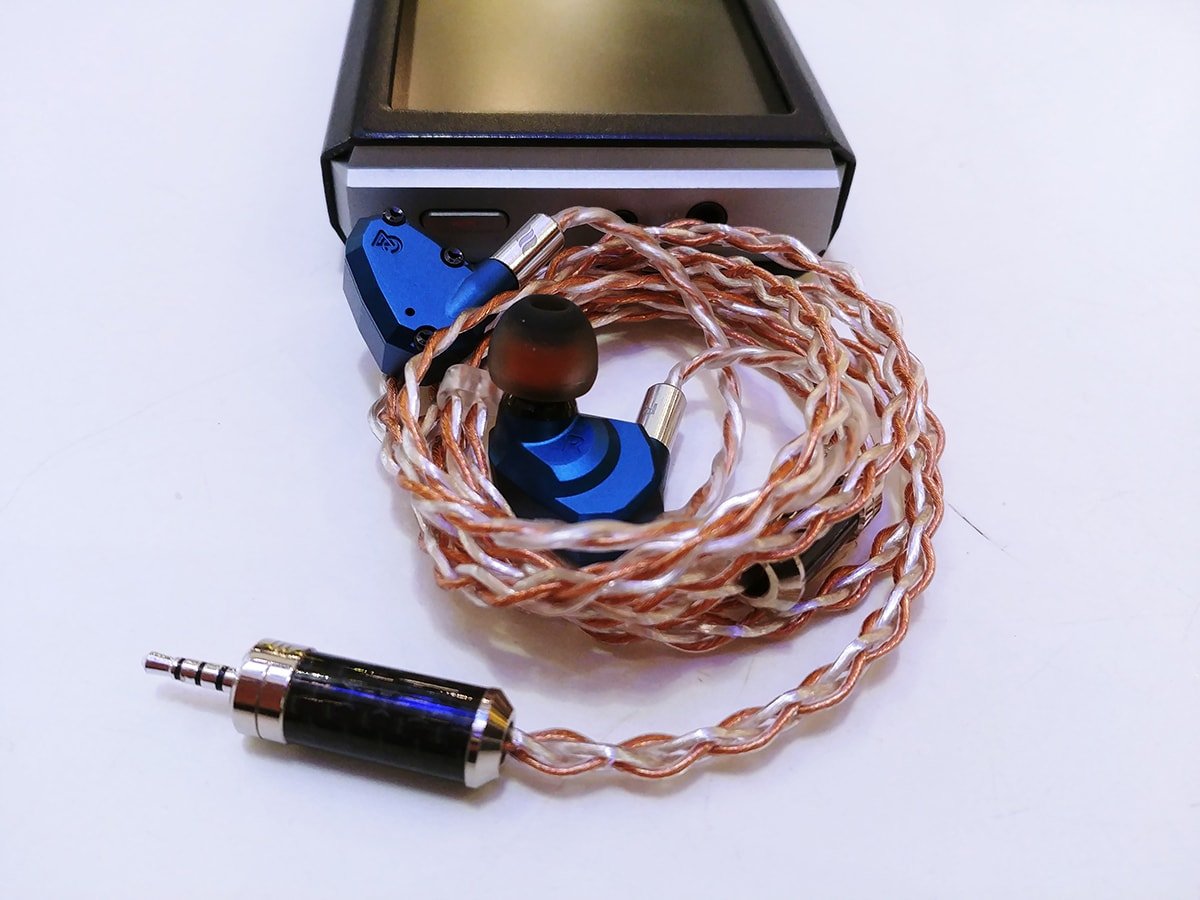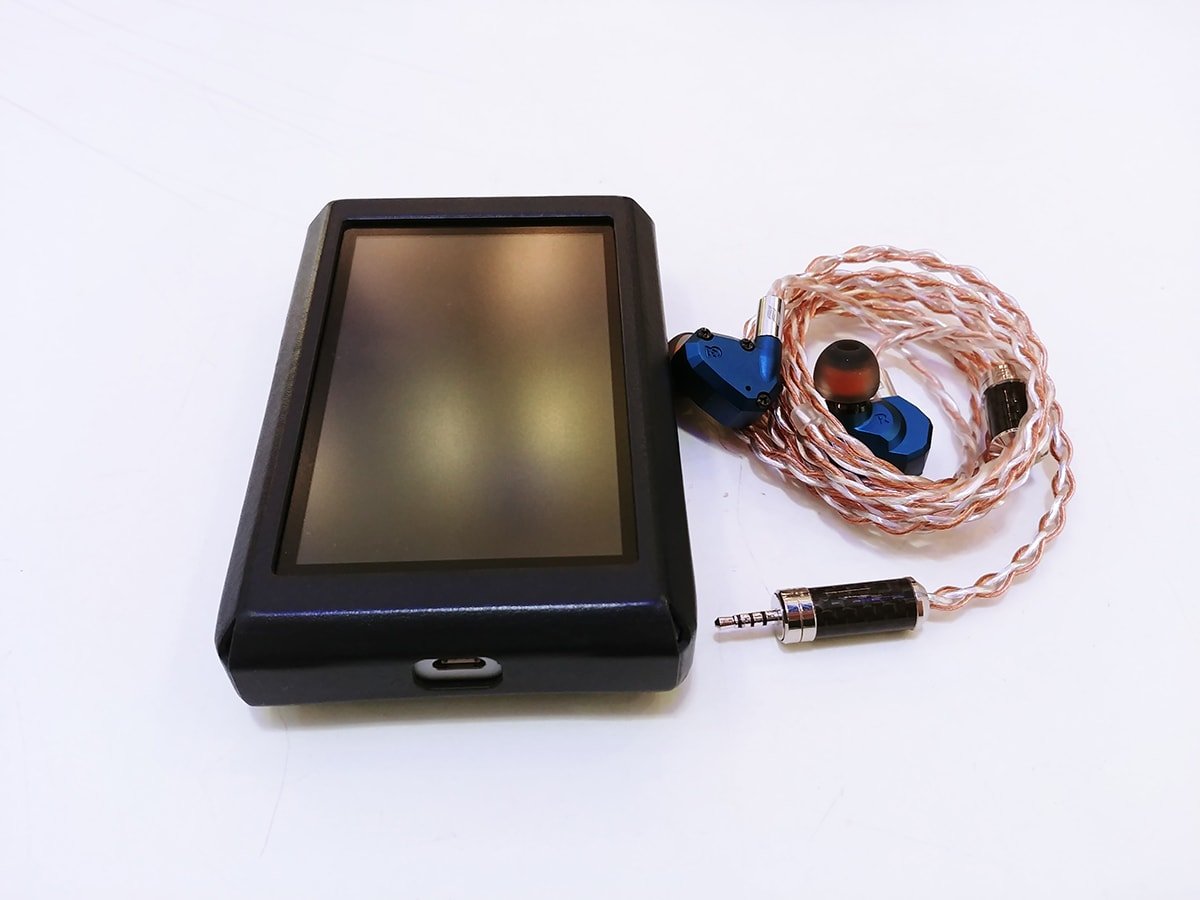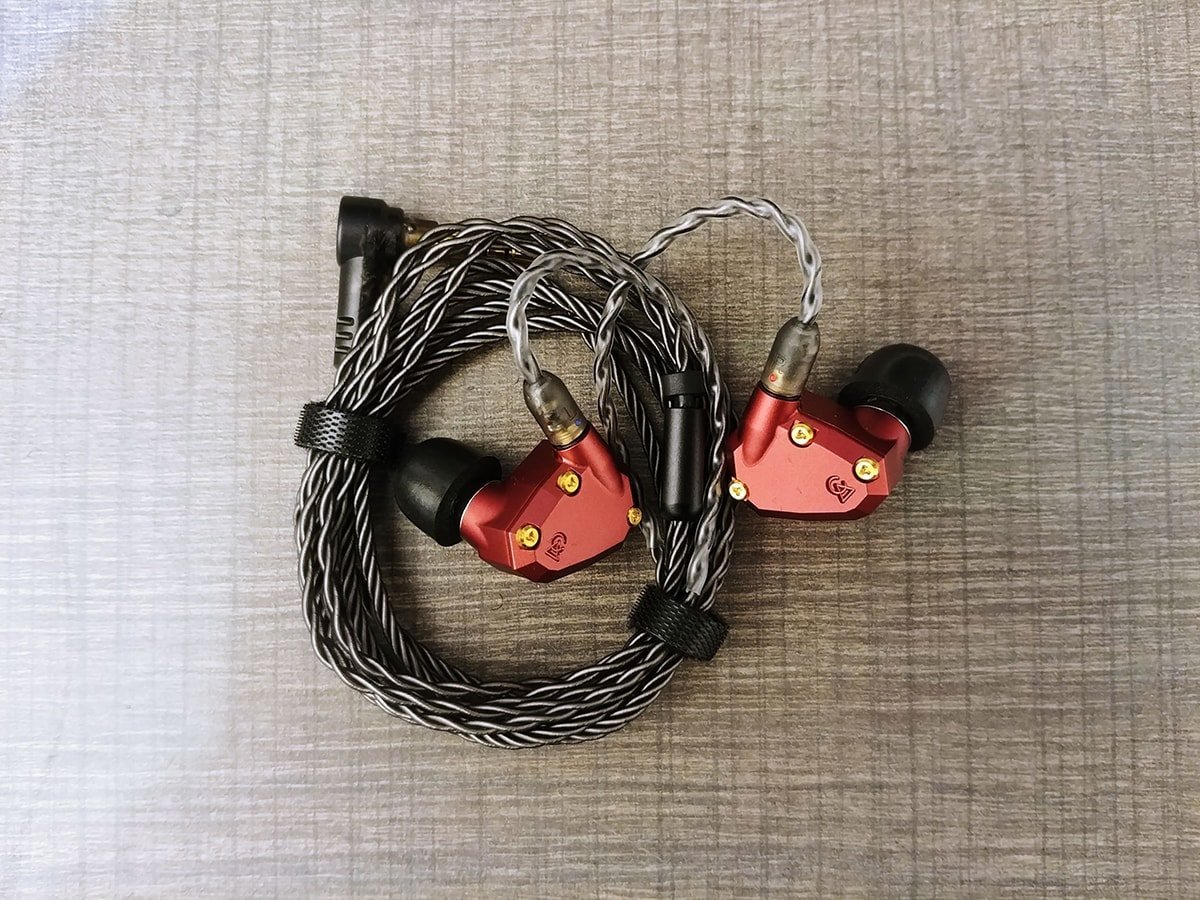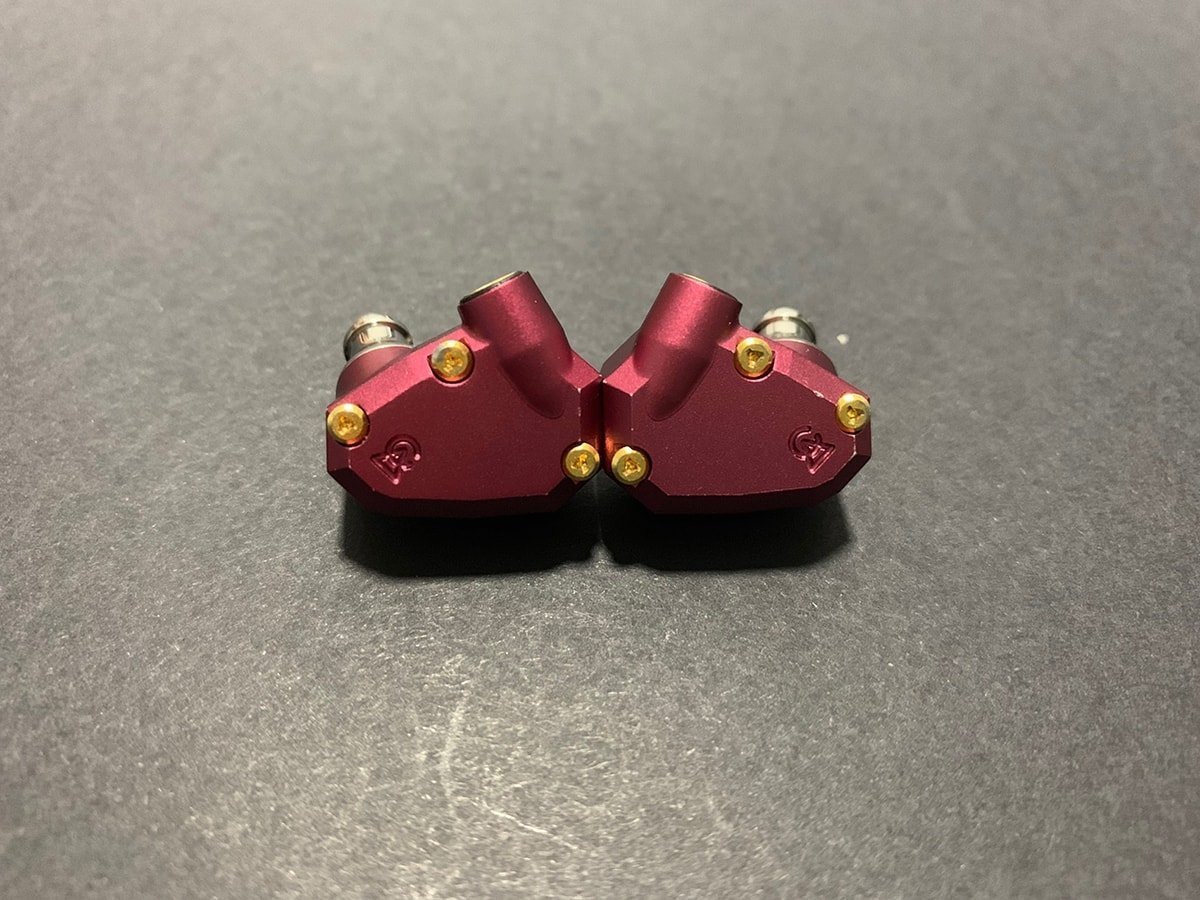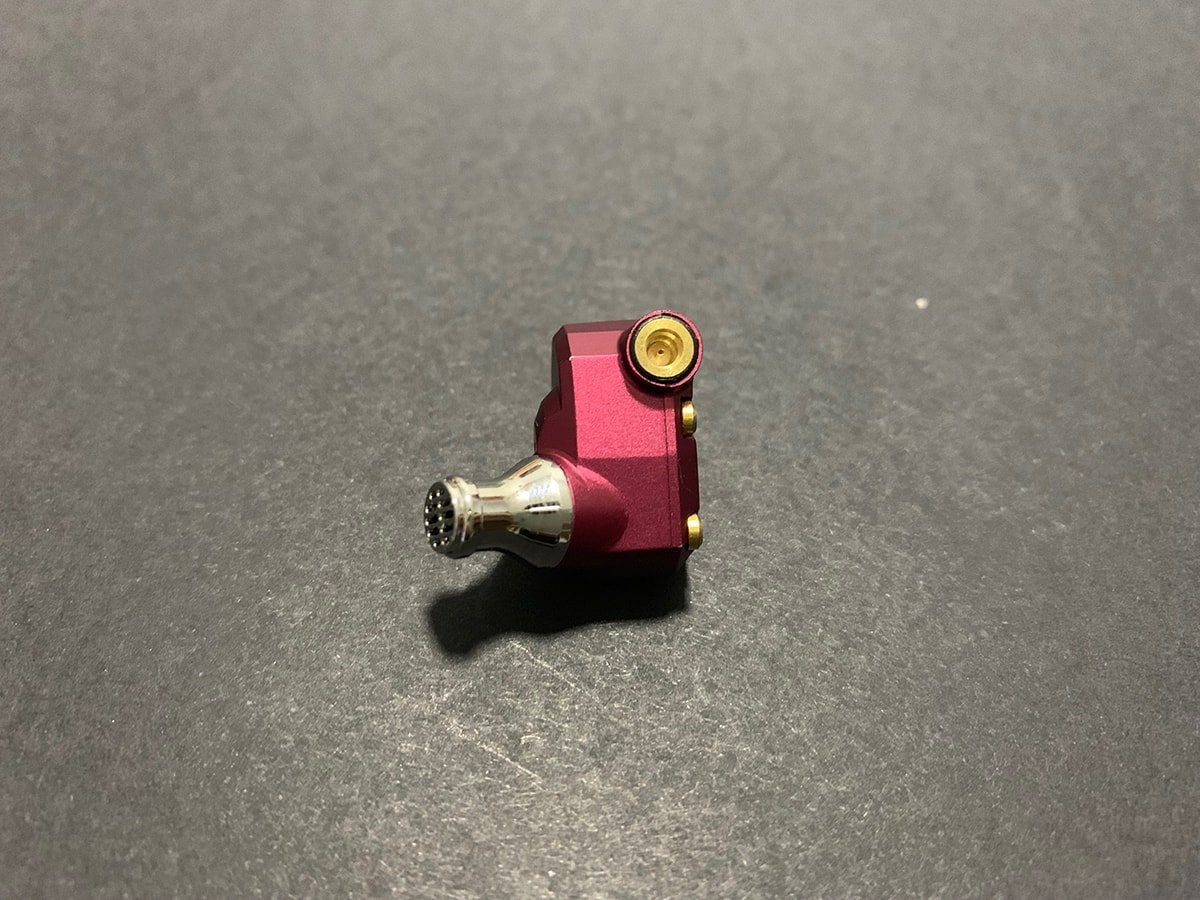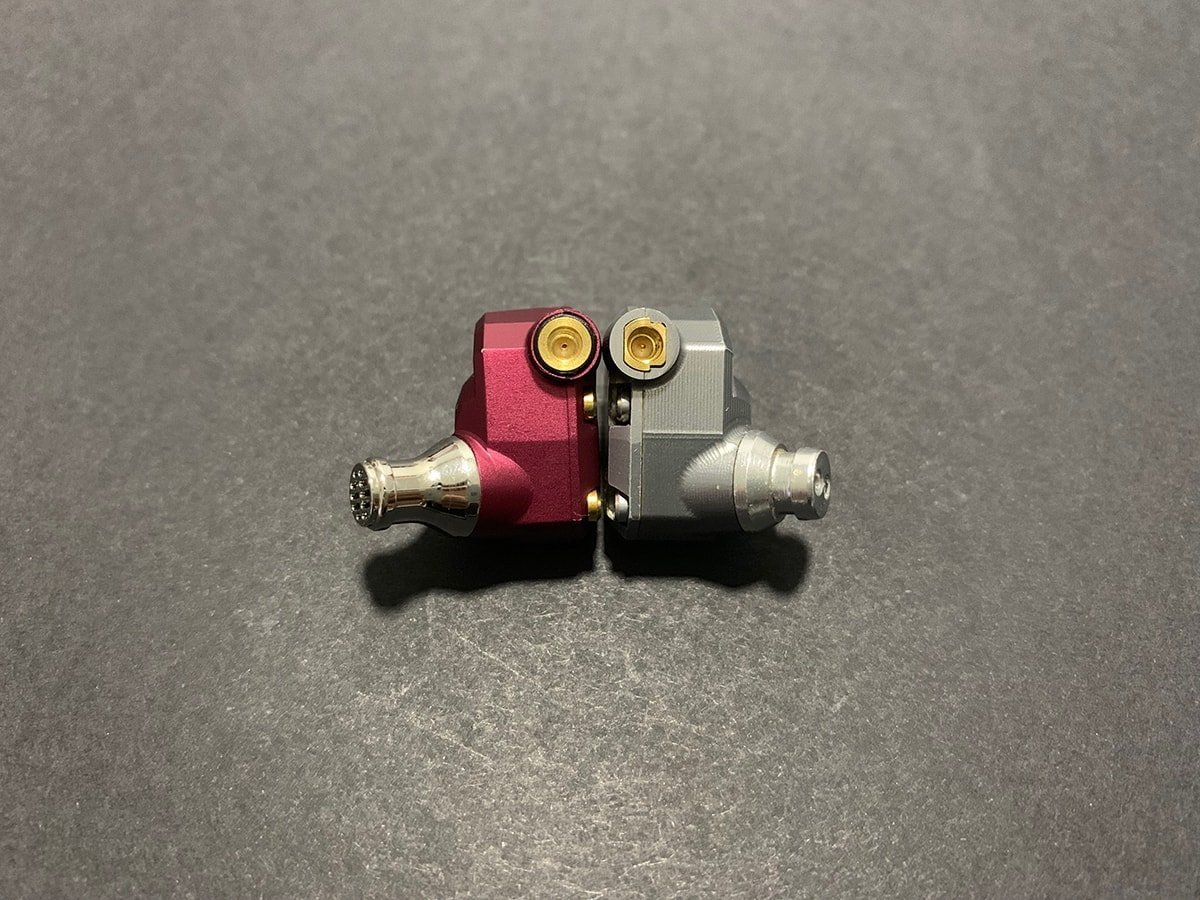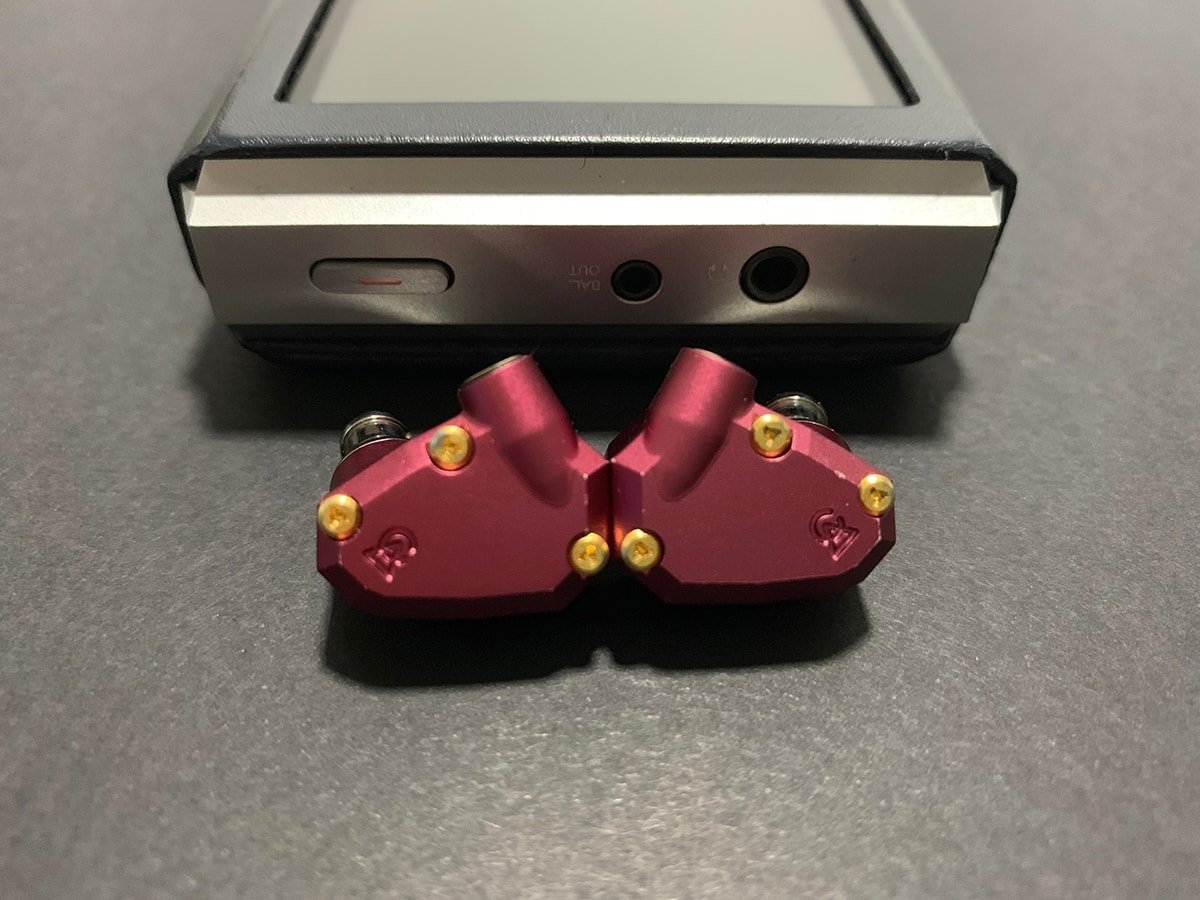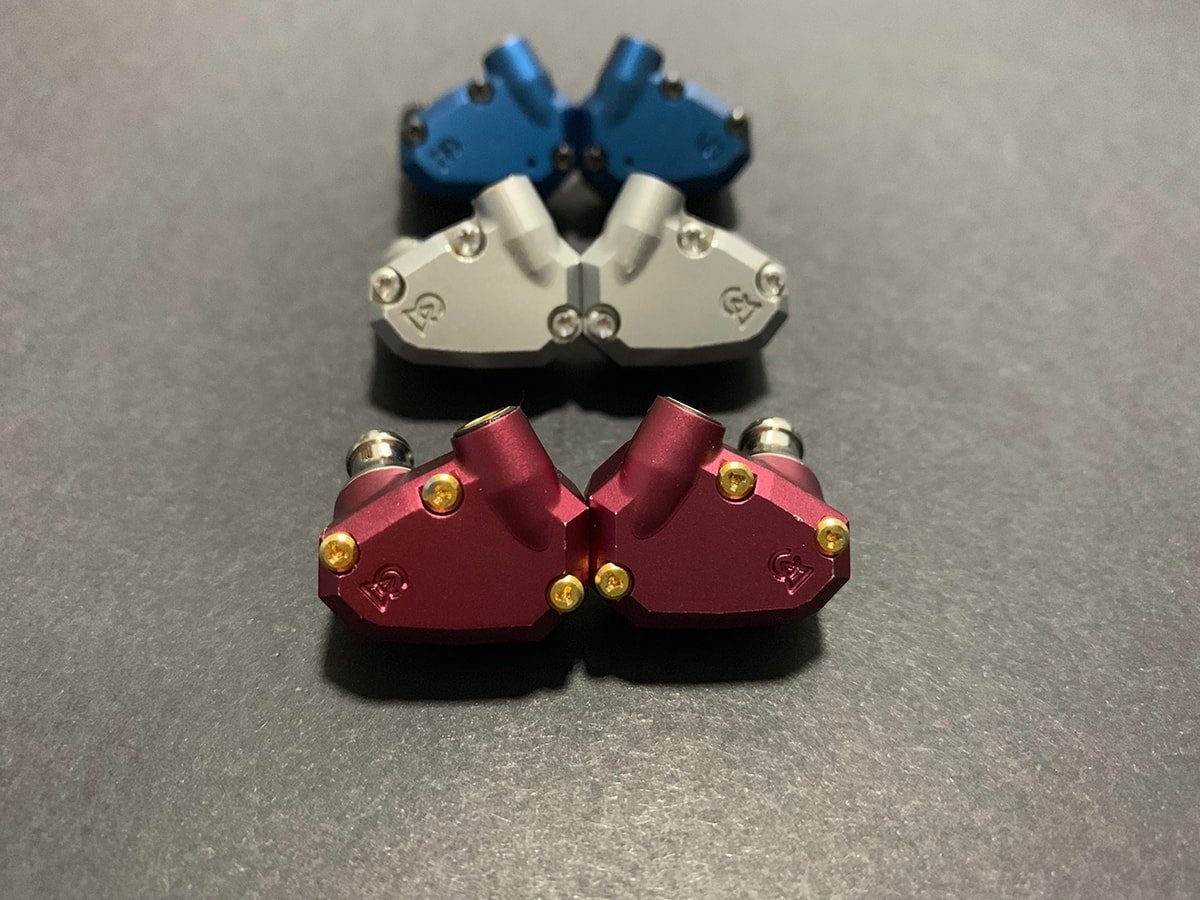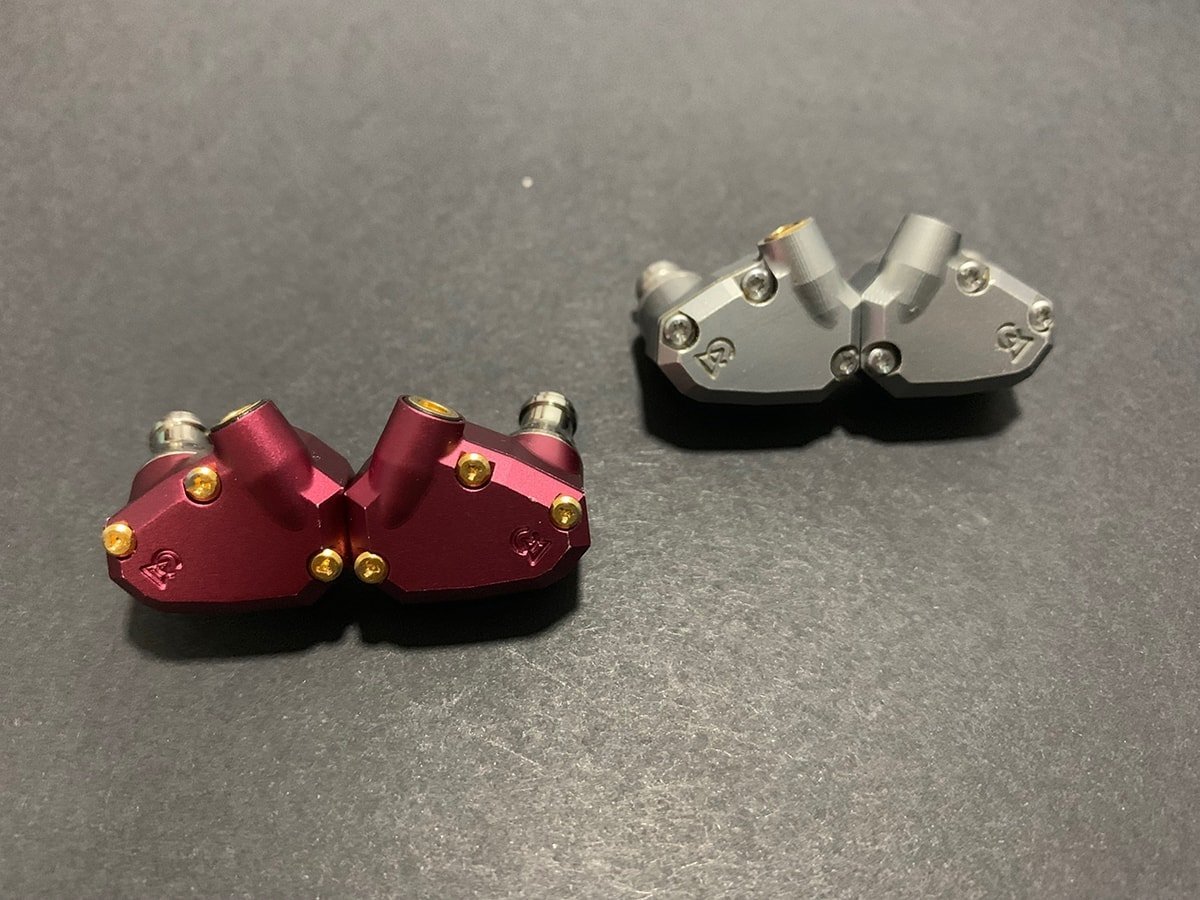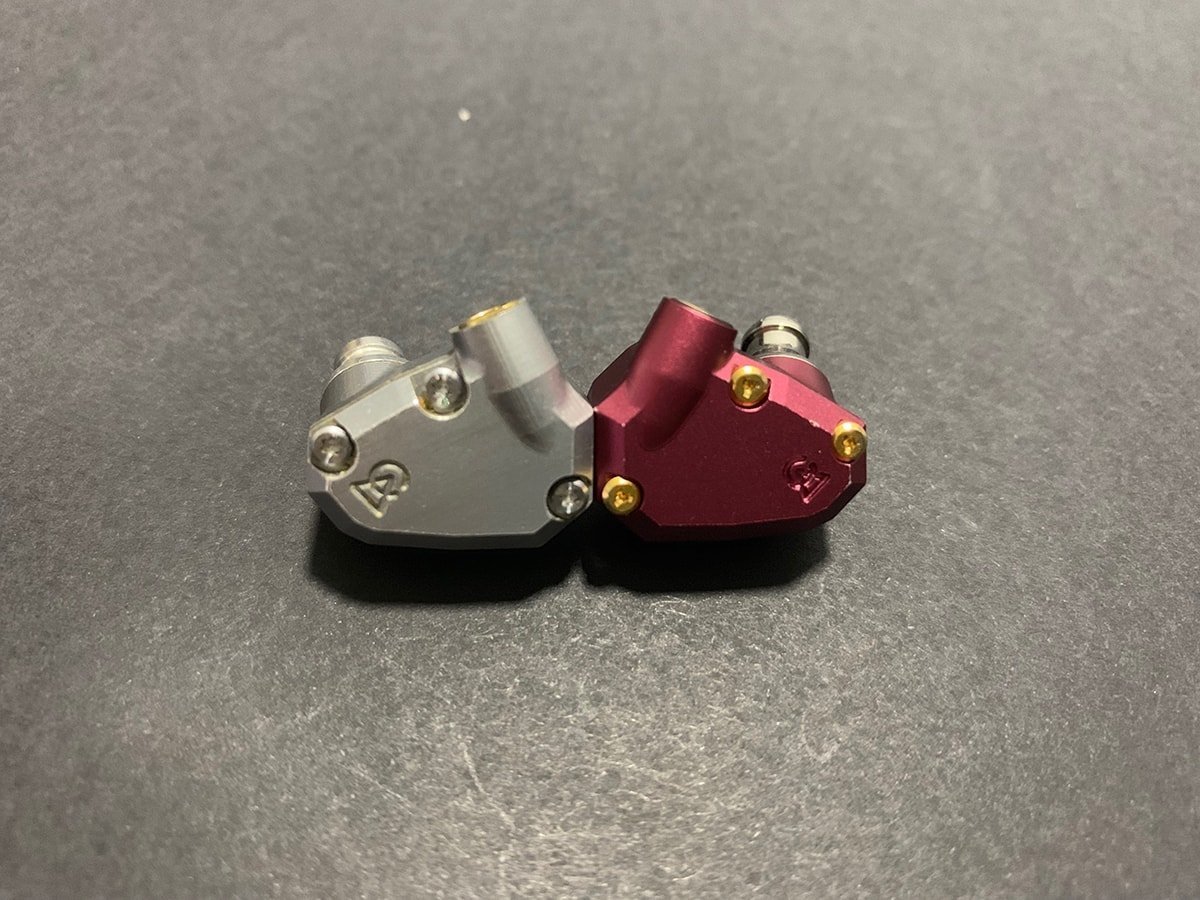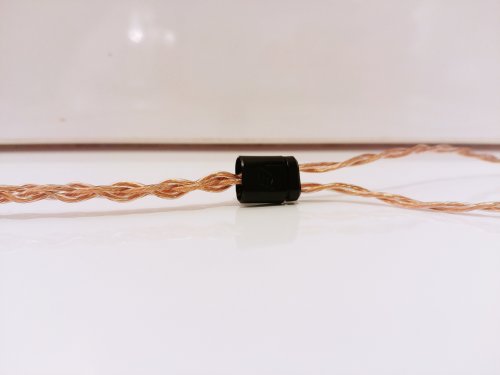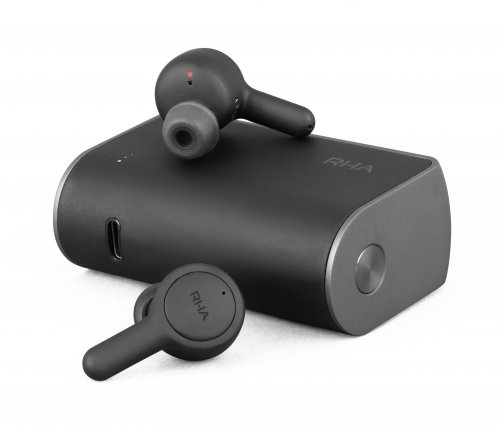After the successful design of Kanas Pro and KXXS, Moondrop scores another home run with the release of the all-new Blessing - tuned according to the famous Harman Target Curve.
Disclaimer
This review is originally posted on Headphonesty. Thank you, Apos Audio for sending me the Moondrop Blessing in-ear monitors (IEMs). They were provided to me free of charge in exchange for my honest review and opinion.
Foreword
Moondrop is a Chinese IEMs manufacturer that is growing in popularity. I heard raving reviews about this brand - especially highlighting the Kanas Pro and KXXS. These are both highly recommended models by the audiophile community in the price range of USD$200. Besides these two models, Moondrop is sought-after for another reason; they tune some of their IEMs based on the Harman Target Curve.
Harman researchers Sean Olive, Todd Welti, and Elizabeth McMullin have continued their tireless trek towards a subjectively preferred headphone target response curve. - Tyll Hertsens from InnerFidelity
Moondrop uses the studies from Harman researchers to design IEMs that are favored by the public. The Blessing is one such model. How does this IEM stand out from the crowd? Let’s find out!

Unveiling the Apocalypse
It’s obvious that Moondrop spent an adequate amount of time and effort in the design of the packaging - a wooden box with the brand name in both Chinese and English engraved on it.

Angel’s Blessing Protectors
The Blessing from our IEM angel, Moondrop, can be released by pulling the cover downward. After doing so, an anime character welcomes the users. While unboxing the Blessing, I could not stop myself from exclaiming because of my sheer amazement at the packaging.

Removing the anime cover, users are one step closer to the Blessing. The Blessing and its accessories are comfortably encased in a soft, leather box. And the cable is stored in an original equipment manufacturer (OEM) package underneath the case.




Releasing the Blessing
Opening the soft leather case, you will find the Blessing and ear tips waiting for you.

The Science Behind
Every shell is expertly hand polished and meticulously printed with 3D technology; this mixture of technology advancement and hand craftsmanship creates the beauty of the Blessing.
Flaunting an attractive gold speckled design, the face displays the brand name. Its style is classy and modern. The polishing has produced silky smooth edges that do not cause irritation for wearers.

The nozzle is directly attached to the shell. There is no lip to hold to the ear tips, but I found this to be no issue because they sit firmly on the nozzle. There are three bores on the nozzle - one big and two small.

On the top of the shell, there is a recessed 2-pin port. I appreciate this choice because this can reduce the protruding length of 2-pin connector on the cable when attached. It will attach more firmly and there will be less chance of breaking the pin if accidentally knocked.

The stock cable is manufactured by a cable company named Lyre Acoustics. There is no information given on the material used for this cable. I believe it to be a 4-wire twisted silver plated copper cable because this is the most commonly found stock cable in the market.



The Companion
Starting out, I paired the Blessing with my beloved digital audio player (DAP) - the Opus #3. I also paired it with my Lotoo Paw 5000 mkii. But, in comparison, I came to the conclusion that the power in the Opus #3 better unleashes the potential of the Blessing.

The Call from the Angel
And now, the long-awaited sonic performance analysis. There are four balanced armature drivers and one dynamic driver on each side to create a three part sound configuration. This includes a dynamic driver to cover the low frequency, two in-house customized mid to mid-high frequency balanced armature units, and two ultrahigh frequency balanced armature units.
This combination ultimately produces a frequency response curve close to the Harman Target curve.
The sound signature is leaning slightly towards the brighter side. It portrays an engaging and exciting profile. A comparable signature I could think of is the Campfire Audio Andromeda. The soundstage is above average horizontally and slightly shy vertically. The result is a horizontal oval shape, with accurate separation and attention to detail.
The Blessing is rated at 23 ohms on impedance and 105 dB on sensitivity. It is relatively easy to be driven by most smartphones and DAPs. The additional power from the source could beneficially enhance the depth as it boosts the performance of a dynamic driver.

Shy Elves
Before I tried out the Blessing, my initial impression was that it had elevated lows. This was based on the frequency response curve. After trying it out, I see that I was totally wrong. The lows response is relatively shy compared to a lot of hybrid configured IEMs, such as the above-mentioned Campfire Audio Polaris.
My experience further proves that one should not only rely on the frequency response curve when judging the sonic performance.
The sub bass extension of the Blessing is average. The overall presentation would be closer to three-dimensional if the extension at sub bass could penetrate deeper. The lows attack fast and decay swiftly, making the presentation analytical. However, thanks to the swift bass response, the details in other frequency regions are supreme. I will elaborate on this in the coming section.
Although the lows response is relatively shy, I realized that improvement could be reached through cable rolling. A decent copper cable, such as Ares Audio Kasai, could possibly upgrade the bass response.

Angels Singing
This is my favorite part of the Blessing - it makes listening addictive!
The mid section is crystal clear, airy and spacious. It is positioned at the center stage, without being too shrill or recessed. It hits the sweet spot and melts my heart. The instruments are presented accurately and gently. Because the lows respond fast, there is no bleeding which could potentially affect the mids performance. Everything is on point.
Vocals is one of the key factors appreciated by pop song lovers, including myself. The Blessing will not disappoint you if you are looking for a pair of IEMs with decent vocal presentation.
The female vocals are precise, sweet, and airy. For male vocals, due to its slightly analytical sound profile, it could be a little thin. However, this can also be improved by cable rolling.

Soaring Highs
Untamed highs with endless extension could be a deal breaker for those who have low tolerance towards sparkling treble.
The highs are well extended. Cymbals sound crisp and natural. The Blessing accurately recreates the sound of a guitar, too. The highs inject huge amounts of air and space to the overall presentation. Overall fidelity is improved by this factor, making the Blessing a micro-detail producing machine. These factors contribute to the end result of a wide soundstage.
No IEM is perfect, including the Blessing. I experienced a bit of the harshness from the highs. This could be due to the energetic sound profile pushing the treble forward. I have a suitable treble tolerance, but the Blessing is slightly over my limit. This is another area where cable rolling could help.
After analysing the three frequency spectrums, I strongly encourage Moondrop to consider a copper cable as the stock cable for the soon to be released Blessing 2. This will portray a warmer signature.

Verdict
The Moondrop Blessing is a great choice for audiophiles who are looking for a pair of mid-range IEMs in the price range of USD$400. Moondrop’s ability to create every detail accurately produced one of the best IEM available at this cost. Compared to other Chi-Fi brands such as Knowledge-Zenith (KZ), the price is steeper. However, the sturdy build, classy packaging, and pleasing sonic performance makes it clear that it’s worth the investment.
The Blessing retails for USD$399 and can be purchased on Apos Audio official website. Apos Audio provides a free 3-5 business days shipping. There are two color choices: black and white.
Accurate lows, sweet mids and well-extended highs made the Moondrop Blessing a wonderful IEM. My Blessing is now my everyday listening companion, and I can’t deny that I have fallen in love with it.
Disclaimer
This review is originally posted on Headphonesty. Thank you, Apos Audio for sending me the Moondrop Blessing in-ear monitors (IEMs). They were provided to me free of charge in exchange for my honest review and opinion.
Foreword
Moondrop is a Chinese IEMs manufacturer that is growing in popularity. I heard raving reviews about this brand - especially highlighting the Kanas Pro and KXXS. These are both highly recommended models by the audiophile community in the price range of USD$200. Besides these two models, Moondrop is sought-after for another reason; they tune some of their IEMs based on the Harman Target Curve.
Harman researchers Sean Olive, Todd Welti, and Elizabeth McMullin have continued their tireless trek towards a subjectively preferred headphone target response curve. - Tyll Hertsens from InnerFidelity
Moondrop uses the studies from Harman researchers to design IEMs that are favored by the public. The Blessing is one such model. How does this IEM stand out from the crowd? Let’s find out!

Unveiling the Apocalypse
It’s obvious that Moondrop spent an adequate amount of time and effort in the design of the packaging - a wooden box with the brand name in both Chinese and English engraved on it.

Angel’s Blessing Protectors
The Blessing from our IEM angel, Moondrop, can be released by pulling the cover downward. After doing so, an anime character welcomes the users. While unboxing the Blessing, I could not stop myself from exclaiming because of my sheer amazement at the packaging.

Removing the anime cover, users are one step closer to the Blessing. The Blessing and its accessories are comfortably encased in a soft, leather box. And the cable is stored in an original equipment manufacturer (OEM) package underneath the case.




Releasing the Blessing
Opening the soft leather case, you will find the Blessing and ear tips waiting for you.

The Science Behind
- Frequency Response: 20 Hz - 40 kHz
- Impedance: 23 Ω at 1 kHz
- Sensitivity: 105 dB at 1 kHz
- Cable: Detachable 0.78mm 2-pin 3.5mm unbalanced cable
- Drivers: 1 Dynamic + 4 Balanced Armature per side
Every shell is expertly hand polished and meticulously printed with 3D technology; this mixture of technology advancement and hand craftsmanship creates the beauty of the Blessing.
Flaunting an attractive gold speckled design, the face displays the brand name. Its style is classy and modern. The polishing has produced silky smooth edges that do not cause irritation for wearers.

The nozzle is directly attached to the shell. There is no lip to hold to the ear tips, but I found this to be no issue because they sit firmly on the nozzle. There are three bores on the nozzle - one big and two small.

On the top of the shell, there is a recessed 2-pin port. I appreciate this choice because this can reduce the protruding length of 2-pin connector on the cable when attached. It will attach more firmly and there will be less chance of breaking the pin if accidentally knocked.

The stock cable is manufactured by a cable company named Lyre Acoustics. There is no information given on the material used for this cable. I believe it to be a 4-wire twisted silver plated copper cable because this is the most commonly found stock cable in the market.



The Companion
Starting out, I paired the Blessing with my beloved digital audio player (DAP) - the Opus #3. I also paired it with my Lotoo Paw 5000 mkii. But, in comparison, I came to the conclusion that the power in the Opus #3 better unleashes the potential of the Blessing.

The Call from the Angel
And now, the long-awaited sonic performance analysis. There are four balanced armature drivers and one dynamic driver on each side to create a three part sound configuration. This includes a dynamic driver to cover the low frequency, two in-house customized mid to mid-high frequency balanced armature units, and two ultrahigh frequency balanced armature units.
This combination ultimately produces a frequency response curve close to the Harman Target curve.
The sound signature is leaning slightly towards the brighter side. It portrays an engaging and exciting profile. A comparable signature I could think of is the Campfire Audio Andromeda. The soundstage is above average horizontally and slightly shy vertically. The result is a horizontal oval shape, with accurate separation and attention to detail.
The Blessing is rated at 23 ohms on impedance and 105 dB on sensitivity. It is relatively easy to be driven by most smartphones and DAPs. The additional power from the source could beneficially enhance the depth as it boosts the performance of a dynamic driver.

Shy Elves
Before I tried out the Blessing, my initial impression was that it had elevated lows. This was based on the frequency response curve. After trying it out, I see that I was totally wrong. The lows response is relatively shy compared to a lot of hybrid configured IEMs, such as the above-mentioned Campfire Audio Polaris.
My experience further proves that one should not only rely on the frequency response curve when judging the sonic performance.
The sub bass extension of the Blessing is average. The overall presentation would be closer to three-dimensional if the extension at sub bass could penetrate deeper. The lows attack fast and decay swiftly, making the presentation analytical. However, thanks to the swift bass response, the details in other frequency regions are supreme. I will elaborate on this in the coming section.
Although the lows response is relatively shy, I realized that improvement could be reached through cable rolling. A decent copper cable, such as Ares Audio Kasai, could possibly upgrade the bass response.

Angels Singing
This is my favorite part of the Blessing - it makes listening addictive!
The mid section is crystal clear, airy and spacious. It is positioned at the center stage, without being too shrill or recessed. It hits the sweet spot and melts my heart. The instruments are presented accurately and gently. Because the lows respond fast, there is no bleeding which could potentially affect the mids performance. Everything is on point.
Vocals is one of the key factors appreciated by pop song lovers, including myself. The Blessing will not disappoint you if you are looking for a pair of IEMs with decent vocal presentation.
The female vocals are precise, sweet, and airy. For male vocals, due to its slightly analytical sound profile, it could be a little thin. However, this can also be improved by cable rolling.

Soaring Highs
Untamed highs with endless extension could be a deal breaker for those who have low tolerance towards sparkling treble.
The highs are well extended. Cymbals sound crisp and natural. The Blessing accurately recreates the sound of a guitar, too. The highs inject huge amounts of air and space to the overall presentation. Overall fidelity is improved by this factor, making the Blessing a micro-detail producing machine. These factors contribute to the end result of a wide soundstage.
No IEM is perfect, including the Blessing. I experienced a bit of the harshness from the highs. This could be due to the energetic sound profile pushing the treble forward. I have a suitable treble tolerance, but the Blessing is slightly over my limit. This is another area where cable rolling could help.
After analysing the three frequency spectrums, I strongly encourage Moondrop to consider a copper cable as the stock cable for the soon to be released Blessing 2. This will portray a warmer signature.

Verdict
The Moondrop Blessing is a great choice for audiophiles who are looking for a pair of mid-range IEMs in the price range of USD$400. Moondrop’s ability to create every detail accurately produced one of the best IEM available at this cost. Compared to other Chi-Fi brands such as Knowledge-Zenith (KZ), the price is steeper. However, the sturdy build, classy packaging, and pleasing sonic performance makes it clear that it’s worth the investment.
The Blessing retails for USD$399 and can be purchased on Apos Audio official website. Apos Audio provides a free 3-5 business days shipping. There are two color choices: black and white.
Accurate lows, sweet mids and well-extended highs made the Moondrop Blessing a wonderful IEM. My Blessing is now my everyday listening companion, and I can’t deny that I have fallen in love with it.













